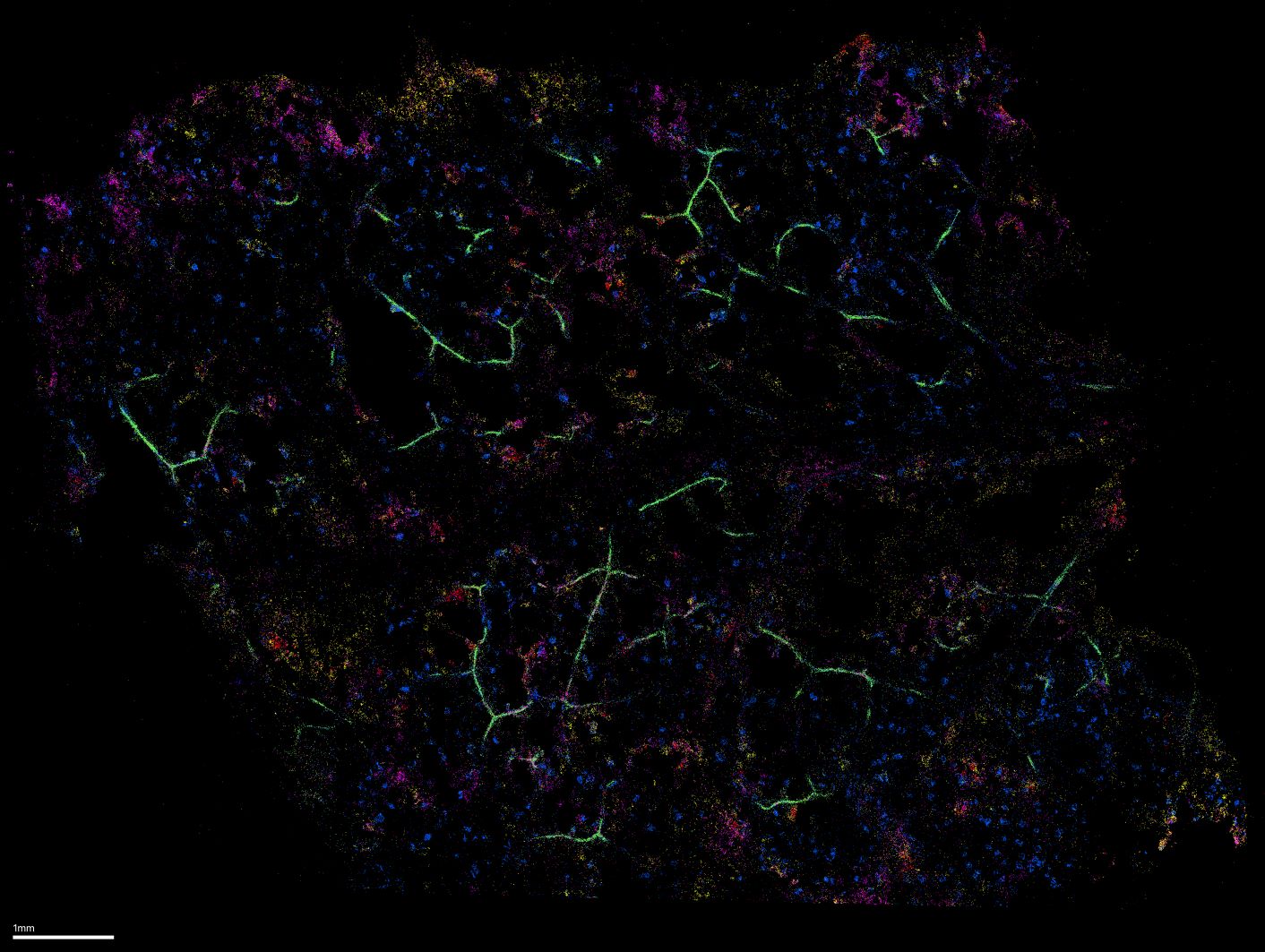Crop diseases caused by microbial pathogens and pests destroy up to 40% of global agricultural yield each year, with devastating consequences for the economy and human well-being. Yet, most pathogens fail to cause disease in most plants, thanks to the plant's innate immune system. A deeper understanding of how plants defend themselves has led to major advances in breeding disease-resistant crops. However, pathogens evolve rapidly, and plant immunity must continually adapt to keep pace. This challenge is becoming increasingly urgent in the face of climate change, which is altering the distribution of pathogens and intensifying environmental stress on plants.
Unlike animals, which rely on specialised and mobile immune cells, plants operate without such a system. Each plant cell must function as an autonomous immune unit, detecting pathogens and launching defence responses while simultaneously carrying out essential tasks such as photosynthesis, growth, and nutrient allocation. Because pathogen colonisation is uneven and dynamic across tissues, this raises a fundamental question: how do individual plant cells respond to pathogen invasion?
To address this, the HFSP Fellowship Awardee Tatsuya Nobori, from the Salk Institute for Biological Studies, La Jolla, USA, and team, combined single-nucleus multiomics—which simultaneously profiles gene expression and chromatin accessibility in thousands of individual cells—with spatial transcriptomics, which visualises hundreds of genes directly within intact tissue sections. Using the model plant Arabidopsis thaliana, researchers generated a spatiotemporal atlas of immune responses following infection with the bacterial pathogen Pseudomonas syringae. This integrated dataset enabled the team to reconstruct immune activation with rich molecular detail, revealing that plant immunity is composed of diverse immune cell states, each defined by distinct regulatory programs and spatial locations.

Among these states, HFSP supported research discovered a rare and previously uncharacterised population that we term Primary IMmunE Responder (PRIMER) cells. These cells emerge at the centre of immune-active regions and are surrounded by a secondary population, the bystander cells, which express genes associated with long-distance signalling. These findings suggest that immune cell states interact in a coordinated manner to propagate defence responses throughout the tissue.
The scientists propose that these immune cell states represent fundamental building blocks of the plant immune system. Understanding their diversity, regulation, functions, and interactions will provide a blueprint for engineering plant immune responses with spatial and temporal precision. Such strategies are critical for enhancing crop resilience to pathogens while minimising trade-offs with growth and tolerance to environmental stress, an essential goal in the face of climate change.


































